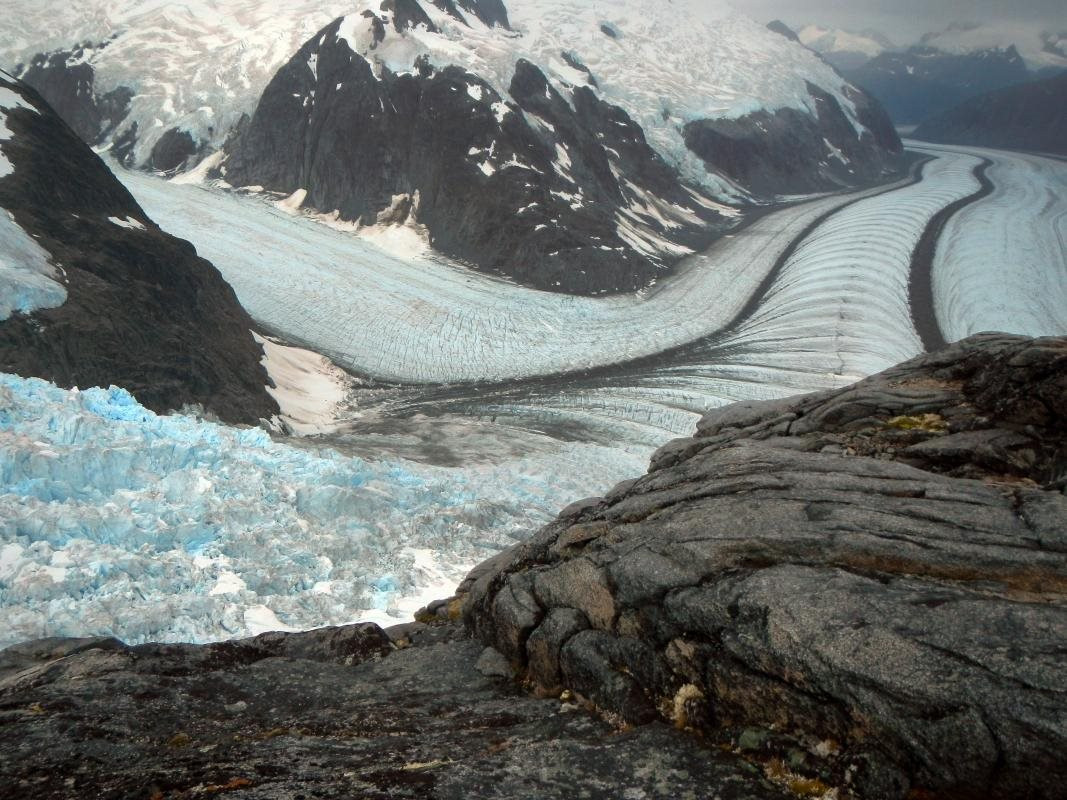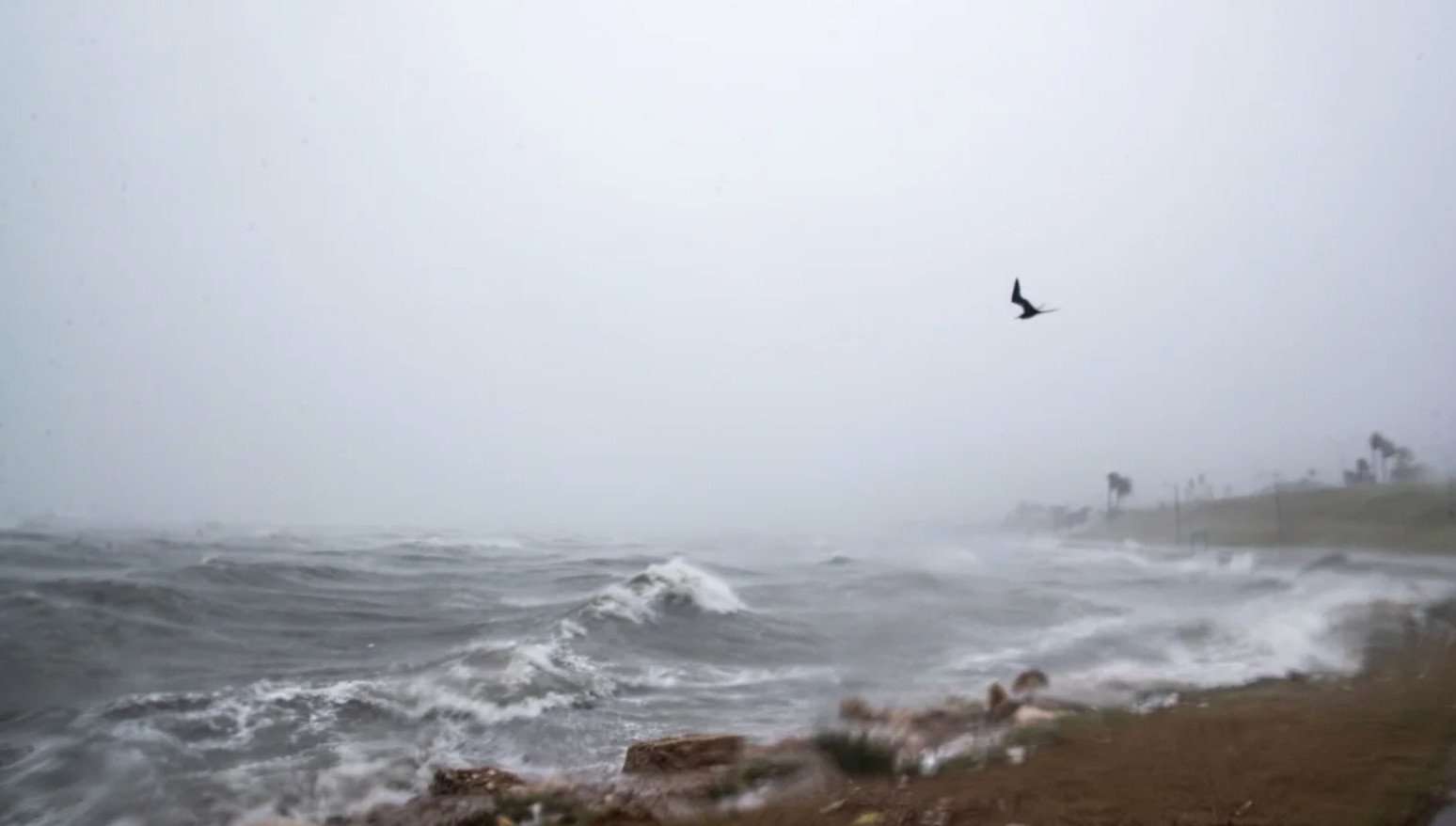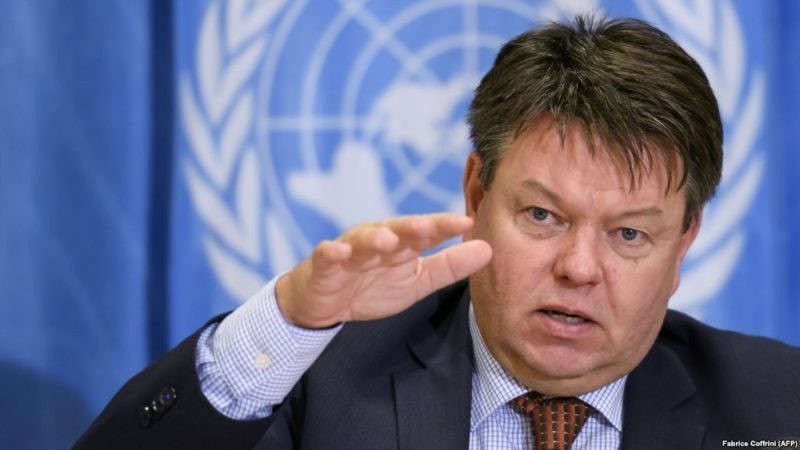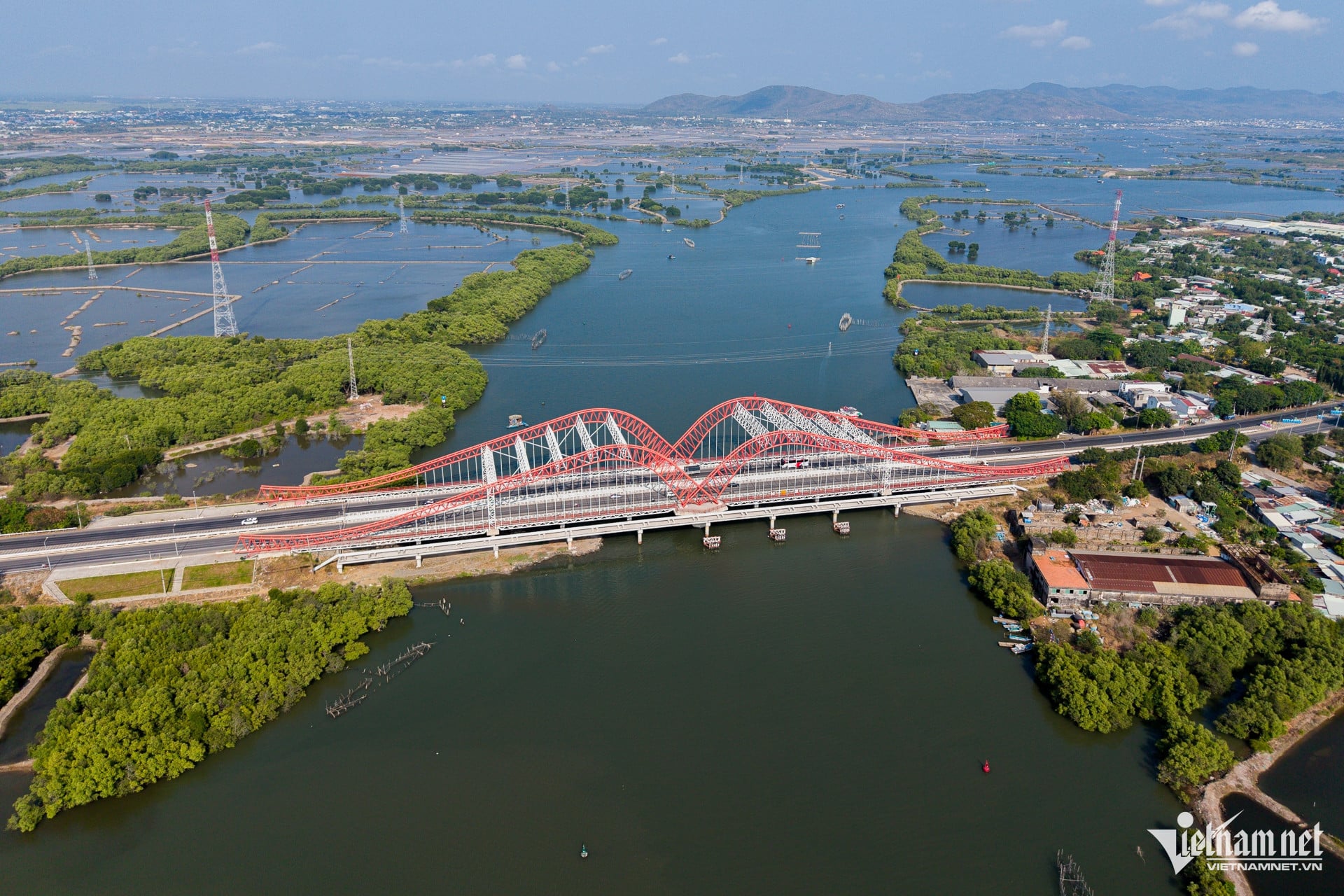Many areas declare red alert due to heat
The new record for the freezing point was set earlier this week at 5,298 metres, much higher than Europe's highest peaks including Mont Blanc, which stands at 4,811 metres, WMO spokeswoman Clare Nullis said in Geneva. This is 115 metres higher than the previous record set on July 25, 2022, and the highest since measurements began in 1954, according to WMO data.
“The ice extent was measured by the Meteo-Suisse weather balloon above Payerne in the canton of Vaud, Switzerland. The impact of the heat on the glaciers is happening before our eyes. The ice extent in the glaciers and the loss of snow were very noticeable in 2022. Unfortunately, with this latest heatwave, that trend is continuing,” explains Clare Nullis.

Large areas of Switzerland are under a level 3 Amber alert, or high-level red alert, until August 24.
Similarly, temperatures in much of the southern half of France are forecast to exceed 37 degrees Celsius on August 22 (local time), reaching a high of 40-42 degrees Celsius in the Drome region. A WMO spokesperson added that France's national weather agency Météo-France has issued an Amber alert for 49 regions and a Red alert for four regions.
Red alerts have also been issued in parts of Italy, Croatia and Portugal, as well as widespread Amber heat warnings in neighbouring countries, the spokeswoman said.
Responding to a question about how many people are at risk from increased heat, World Health Organization (WHO) spokesman Tarik Jasarevic said that according to statistics from the summer of 2022, more than 61,000 people died from heat-related causes in 35 European countries during the summer months last year.

The WMO said the impact of the extreme temperatures on glaciers was being investigated, but the impact of the heatwave was clear, with snow cover now only present at the highest elevations in Switzerland.
Outside of Europe, hot weather conditions continue across much of the central and southern United States, with multiple heat warnings issued for the Central Plains states and Texas.
Series of rainfall records in Europe and America
Elsewhere, parts of Europe, and Scandinavia in particular, have seen unusually heavy rainfall, with Norway once again issuing a red alert for heavy rainfall.
Tropical storm activity in the Atlantic is also increasing, Nullis said, adding that three tropical storms - Gert, Franklin and Harold - are of major concern.

Franklin brought flooding risks to Haiti and the Dominican Republic, while Harold was forecast to hit southern Texas, bringing heavy rain and the risk of flash flooding at a time when the state is already battling extreme heat and drought. Nullis also said that Hurricane Hilary had an impact on Southern California, which rarely sees large rainfall totals. On August 20, Hurricane Hilary, a tropical storm in the eastern Pacific, made landfall in Mexico before moving into California. Hilary was the first tropical storm to hit Southern California in 84 years, causing flooding and breaking rainfall records.
Almost all rainfall records in Los Angeles were broken, the WMO official added, noting that Death Valley in the US had just seen its wettest day of all time, with 2.2 inches (55.88 mm) of rain, breaking the previous record of 1.7 inches set in August 2022.

With extreme weather events occurring at record levels with increasing frequency, last July, Mr. Petteri Taalas, Secretary-General of the World Meteorological Organization, called the prolonged period of extreme weather "the new normal".
However, some scientists have disputed the WMO chief's views. Professor Hannah Cloke, a climate scientist at the University of Reading (UK), said: "When I hear that, I feel very uncomfortable because this is not really the new normal. We cannot know what the future will be like until we stop releasing greenhouse gases into the atmosphere."
Professor Michael E. Mann - a famous climate scientist at the University of Pennsylvania (USA) describes the weather situation that the world is witnessing as "a new abnormal state". He believes that the term "new normal state" conveys a false view that we have just entered a new climate state and all we need to do is adapt to it.
Source


![[Photo] "Lovely" moments on the 30/4 holiday](https://vstatic.vietnam.vn/vietnam/resource/IMAGE/2025/5/1/26d5d698f36b498287397db9e2f9d16c)
![[Photo] Ha Giang: Many key projects under construction during the holiday season](https://vstatic.vietnam.vn/vietnam/resource/IMAGE/2025/5/1/8b8d87a9bd9b4d279bf5c1f71c030dec)


![[Photo] Binh Thuan organizes many special festivals on the occasion of April 30 and May 1](https://vstatic.vietnam.vn/vietnam/resource/IMAGE/2025/5/1/5180af1d979642468ef6a3a9755d8d51)






























































































Comment (0)